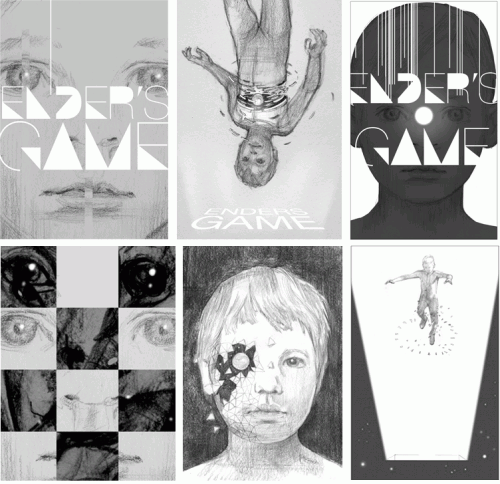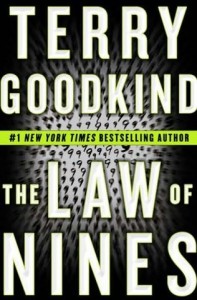Over at Writer’s Beware, Abigail Goben has an interesting post about the process she goes through into determining which books make it onto the shelves of her library. I’ve pulled out some of the most relevant points, but the whole post is certainly worth reading.
Where I find books:
* Professional Reviews: I spend time diligently going through Library Journal, Kirkus, Publisher’s Weekly, and other professional review journals. The majority of my selections come from there, and that’s probably what you’ll catch me perusing at the reference desk.
* Librarian Blogs: We’re a chatty bunch and love recommending things to each other. There are certainly better or worse blogs, but when it’s a review coming from someone whose blog I respect, I’m more inclined to consider a purchase. Librarians working with patrons every day know what goes well with their audience and what might go well with mine.
* Patron Requests: I’m fortunate enough to have a big enough budget that if a patron requests it, we can usually get it. I do verify that the requester belongs to my library system.
I guess us bloggers don’t have as much pull as we like to think. To people in the industry, are fluffy Kirkus reviews really more useful than some of the in-depth reviews written by non-professional reviewers?
What sinks a book:
* A bad review followed by only ho hum reviews. If there is one bad review in four and the others are pretty positive, it stays on my list. If there is only one review and it’s bad, or the other reviews don’t make me believe–I’m not buying it.
* Bad cover art Cover appeal is huge both with both children and adults. There is an extremely decorated and celebrated children’s author who prefers very stylized art on his covers. The majority of the kids I’ve attempted to booktalk/handsell it to didn’t like it, and so whether they were interested in the story or not, they didn’t take the book. You may not have a lot of input into your cover, but keep in mind that abstract doesn’t tend to go over well with the 12-and-under crowd, and that I, as a librarian, do consider cover : art.
* Proclamations of the book being the next whatever–HP, Twilight, Grisham, Patterson, Kellerman…you name it, we’ve seen it.
Ahh, well… that one sort of throws a kink in my whole let-the-cover-stand-out-and-forsake-cliche/trends argument. This librarian is speaking of children’s books, but I’d be curious to hear similar first-hand experience from somebody working with adult Speculative Fiction novels. Also, the next time your librarian tells you not to judge a book by its cover… just remember that they might have when deciding whether it deserved a place on their shelves.
Let’s be realistic:
* It is extremely rare that I will purchase anything from a vanity press. It’s not impossible, but the items purchased tend to be of the local history, local celebrity nature rather than a pedantic children’s chapter book, poorly self-illustrated picture book, or a church collection of recipes.
* Everyone writes WWII books. Please, if you’re interested in writing historical fiction, choose another time period. I see an average of 4 “escaping the Nazis” books a month and while we certainly don’t discount Holocaust literature, there is so much more out there that would also benefit from time in the limelight, and it’s more likely to catch my eye for not being WWII.
I suppose every genre has its kitchen-boy-saving-the-world-from-a-dark-lord-type story. Remember, kiddos: generic cover art = good, generic stories = bad.
You can read the whole article HERE, where Goben goes into more detailing pertaining to authors and their role in getting their novels into libraries. In all, it’s an interesting look into a side of the industry that isn’t well represented online (we have lots of pundits, marketers and authors, but few booksellers/buyers or librarians, despite how much influence they have on the industry.) I’d love to hear more tales from people on the buying side of the industry.





